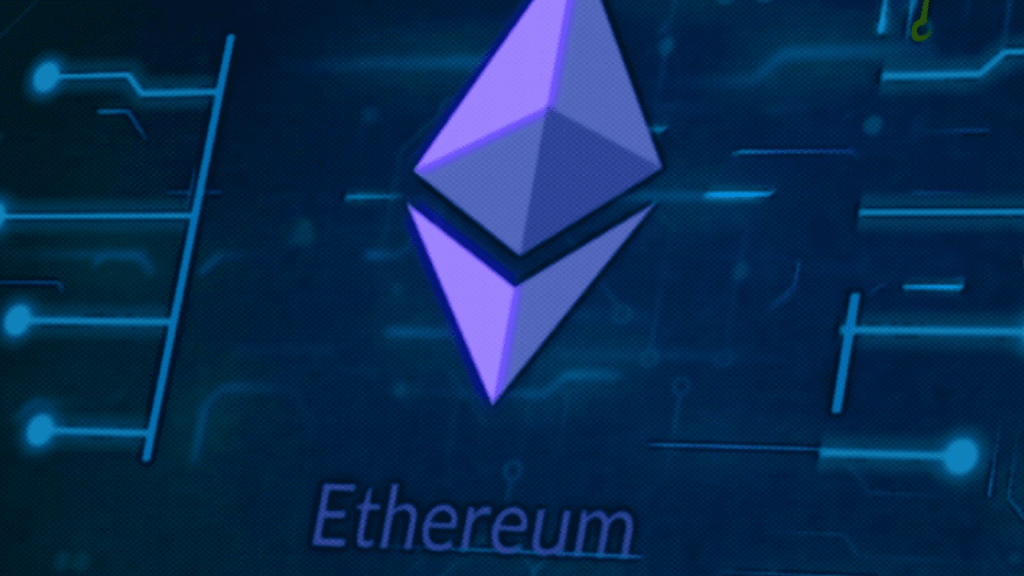Simplifying Ethereum Layer 1 Vitalik Buterin, co-founder of Ethereum Price Recovery, has suggested a radical new path for the second-largest blockchain worldwide: significantly streamlining the Layer 1 (L1) protocol over the next five years. In a May 3 blog post called “Simplifying the L1,” Buterin described a minimalist vision motivated by Bitcoin’s neat and effective architecture.
“The simplicity of Bitcoin is among its better features. There are many of advantages from simplicity. Let’s transfer such advantages to Ethereum,” Buterin tweeted underlining the need of resilience and clarity in Ethereum’s architecture.
Ethereum’s Complexity Problem
Ethereum has evolved into a potent, creative contract platform, but that development has also increased complexity. Its codebase now exceeds 300,000 lines—20 times more than Bitcoin’s 15,000-line consensus code. While these additional lines enable advanced features like dApps and smart contracts, they’ve also introduced security vulnerabilities, increased development costs, and made auditing far more challenging.
The 2016 DAO hack, which resulted in the loss of $50 million in ETH due to a smart contract flaw, is a glaring example of what complexity can cost. Buterin says it’s time Ethereum simplifies its fundamental protocol to cut its attack surface.
Boosting Ethereum Security
One of the leading suggestions is to impose a maximum line restriction on Ethereum’s primary protocol, encouraging developers to concentrate on the necessary aspects. This would make the platform leaner, simpler to maintain, and more secure.

Buterin contends that simplicity is as essential as decentralization for long-term blockchain durability. Reducing the protocol size would help Ethereum become more future-proof and strong, enhancing general network security and developer experience.
Ethereum Eyes 100x Speed Gains
Beyond simplification, Buterin is advocating significant technological improvements to raise performance and scalability. Using RISC-V, an open-source instruction set architecture, instead of the Ethereum Virtual Machine (EVM) marks one of the most important changes.
This change could produce 50–100x increases in zero-knowledge proof performance, lowering gas costs and increasing transaction volume. It might also enable Ethereum to compete more effectively with fast-growing platforms like Solana, which are attracting users with speed and reduced prices.
Pushing for Unified Ethereum Tools
Buterin also supports protocol-wide standardization to help cut needless complexity further. This covers uniting Ethereum’s tree structure, converting to the SSZ serialization format, and using a single erasure coding technique. These developments seek to simplify tools and improve developer accessibility, enabling uniform builds throughout the ecosystem and smoother onboarding.
Ethereum at a Crossroads
The turn Ethereum takes towards simplicity marks a pivotal point. Ethereum has to change to stay competitive as more recent blockchains progressively take the stage. Buterin’s five-year road vision might redefine Ethereum’s function as the worldwide ledger for data authentication, governance, and finance.
One thing is sure: the conflict between innovation and simplicity in blockchain design will define the future phase of the business, regardless of whether this understated approach guarantees Ethereum’s supremacy or creates unanticipated problems.
